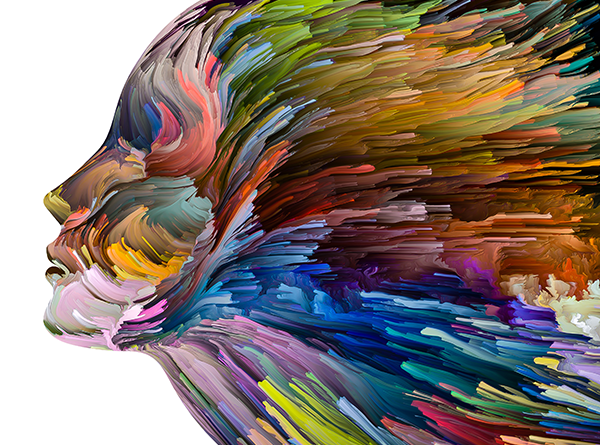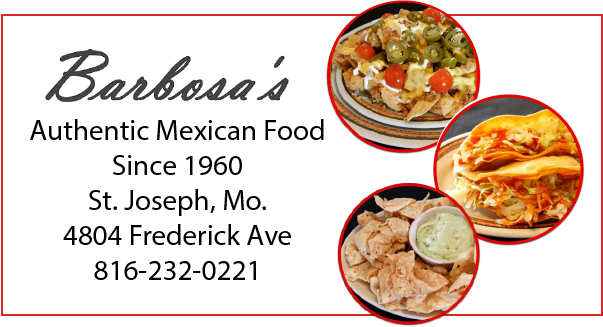Carl Jung, the Buddha, and the Riverboat Gambler

By Robert Brumet
Let’s explore how some of the primary teachings of Dr. Carl Jung, the Buddha, and “The Riverboat Gambler” can be valuable guidelines for us on our journey of awakening.
Let’s begin with Carl Jung, who wrote, “One does not become enlightened by imagining figures of light, but by making the darkness conscious.” The term “darkness” refers to the shadow, the repressed aspects of the psyche. To paraphrase Jung: We cannot become enlightened by focusing exclusively on the light (the overtly spiritual); we must confront the shadow.
The shadow contains memories that were at one time conscious but have been repressed into the unconscious—we no longer remember them. There are two primary reasons we might repress an experience into the unconscious. One reason is that an experience may be too painful or too frightening to bear. For example, childhood trauma or abuse is frequently repressed when it becomes too painful to remember. To quote author Kurt Vonnegut, “The museums in children’s minds… automatically empty themselves in times of utmost horror—to protect the children from eternal grief.”
A second reason why repression occurs is that an experience may contradict the image of who I am; it may challenge my identity. I might think, “This is not me.” For example, if I am convinced that “I am not an angry person,” then when intense anger arises, it’s likely to get repressed very quickly. I deny it—and then I deny that I’ve denied it!
Let’s turn to our next sage: the Buddha. A central theme of his teachings was, “Cling to nothing as self.” This would appear to be the exact opposite of shadow work, which it is, to a degree. But that does not necessarily contradict Jung’s statement. If employed wisely, these two processes can complement one another.
Shadow work is the process of reclaiming parts of self that are regarded as not me (repression) and make them me. In contrast, Buddhist practice consists of seeing parts of self that I call me and discovering that—in reality—this is not me.
Shadow work enables us to become a fully functioning human being. Dharma practice enables the realization that we are infinitely more than human. We could say that shadow work can help reveal who we really are, whereas Dharma practice can help reveal what we really are.
Do we need to become a fully functioning human being to become enlightened? There are different opinions on this, but the consensus seems to be no. However, we must develop a minimal level of wholeness before enlightenment can be fully realized. If there are developmental deficiencies in the ego, then these deficiencies must be addressed in order to build a foundation for Dharma practice.
In Dharma practice, we release identification with the self that we’ve worked so hard to become—but not too soon! If we practice nonidentification when we still have unrecognized repressed parts of self, then Dharma practice may lead to further repression rather than nonidentification. This can be a form of spiritual bypassing.
For example, if I have repressed anger and am sitting at a Dharma retreat and intense feelings of anger arise, I may respond by wanting to dis-identify from the anger when I really need to own the anger as part of me. I must see this anger as part of myself and take responsibility for how I respond to it. If I try to dis-identify from it, then I may simply be strengthening my repression of it by believing this is “not me.”
In practice, nonidentification tends to happen organically as I meet each experience with awareness and acceptance. As I become aware of everything that I perceive as me, I begin to see that it is not me but simply the rising and falling of various types of experience. Thus, Zen Master Dogen’s quote: “To study the self is to dissolve the self.”
We need to embrace all parts of the self before we can transcend the self. To transcend, we must first include. To become the beautiful butterfly, we must first be a healthy caterpillar. To become the enlightened Buddha, we must first become a healthy Susan, John, or Sally.
How do we know when to embrace and when to let go? This is where we call upon the Riverboat Gambler. “You gotta know when to hold ‘em and know when to fold ‘em.” This “knowing” comes from intuition and experience.
There is no perfect formula, but a good general rule is as follows: If you are attached to something, then it’s time to “fold ‘em,” i.e., release what you are clinging to. If you are resisting something, then it’s time to “hold ‘em,” i.e., embrace what you are rejecting.
We live in an age where we have some very powerful tools available to us in the form of the Dharma teachings and Western psychology. It is wise to engage both disciplines, but it’s very important to see the right relationship between the two and to practice them in the right order at the right time.



